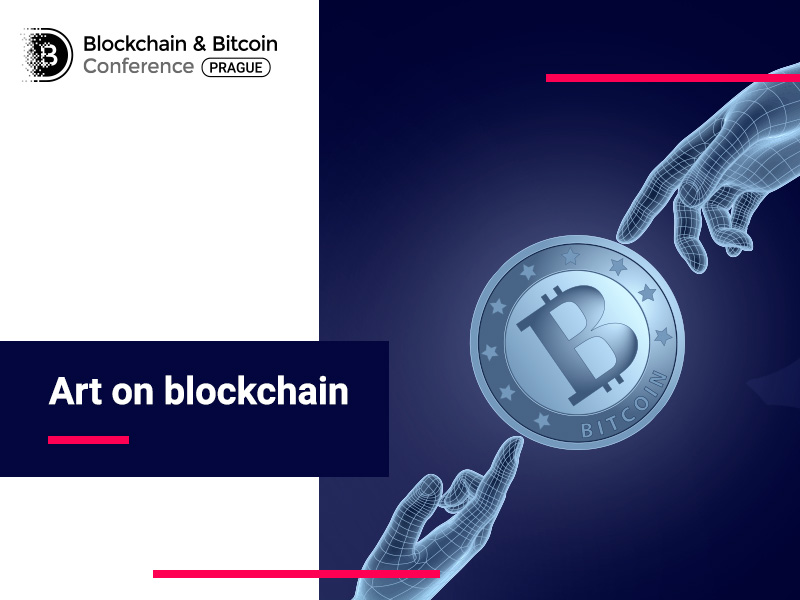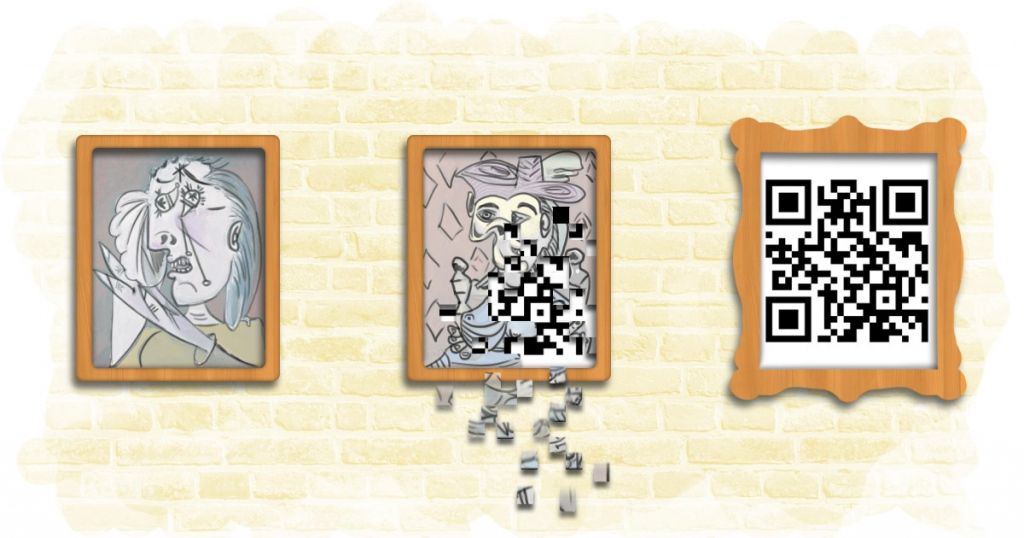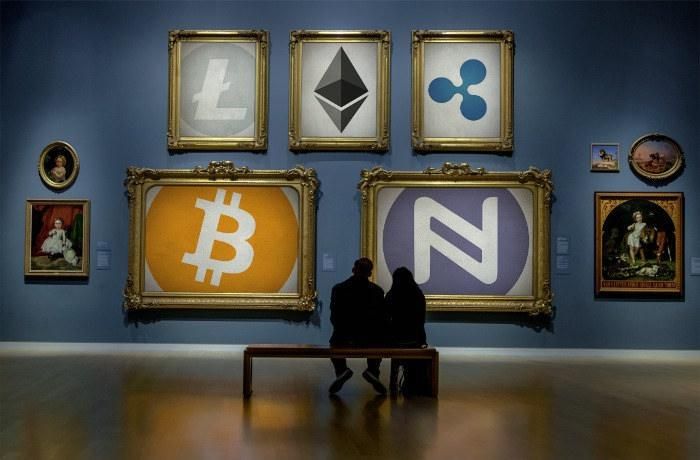
Technologies are integrated into the art industry in different ways: artificial intelligence draws paintings, while virtual reality shifts the audience to the world crated on canvas by great artists. One of the technologies currently applied in art is blockchain.
Let’s figure out how the distributed ledger can be used in art and how artists have already implemented it.
Blockchain and art

Today, blockchain technology and cryptocurrencies inspire modern painters for new masterpieces.
For example, due to the distributed ledger and digital coins, French artist Youl produced a painting called the Last Bitcoin Supper in 2014. According to him, Bitcoin can be compared with the prophet who has completely changed the world.
Besides, pictures are also dedicated to the technical aspect of blockchain. Artist Peter Fröhlich created a work depicting a computer and mining device in Baroque style.
However, blockchain not only encourages artists but also offers a lot of other advantages for the art world.
What are the advantages of blockchain in art?
 Verification
Verification
Blockchain gives advantages to picture collectors because of its transparency. Information about artistic works can be recorded in the public register, which allows to easily check data and make certain of painting authenticity.
Clients can track its origin, discover who owns a masterpiece, and examine all previous transactions.
 Right of property
Right of property
Blockchain allows artists to manage their pictures in a simpler manner. Moreover, they can sell their pieces of art on blockchain-based Р2Р platforms without third parties, which will speed up the process and prevent fraud.
Therefore, blockchain is able to help painters to promptly register the propriety right and easily assign it as well as to protect creators from illegal sales of their pictures.
 Availability
Availability
Blockchain allows to sell and buy paintings without intermediaries, significantly simplifying the work transferring process. Furthermore, artists’ works will be cheaper, thus art will be available for the majority of people.
Example of blockchain art
Acquisition of masterpieces
Maecenas its platform as a decentralized gallery allowing to acquire an ownership share of one of the globally renowned artworks.
Ownership of the painting is defined by a huge amount of certificates. Investors can buy certificates at a minimum sum of $5000. They are able to pay in BTC, ETH, or special ARТ tokens.
Confirmation of property

The Verisart uses blockchain technology to assist artists in certifying, documenting, and checking works.
Verisart allows to rapidly register documents on painting ownership and easily send certificates to customers in order to verify the work origin and proprietary right.
The resource aims to provide transparency, anonymity, and security to protect masterpiece records.
Bitcoins as payment

Nowadays, one can purchase a piece of art for cryptocurrency in various places. For instance, London-based Moniker Art Fair accepting Bitcoin payments for artists’ works in 2015.
In 2017, UK-based Dadiani Fine Art began to sell paintings for digital coins. Artists’ masterpieces can be bought for BTC, ETH, ETC, LTC, DASH, and XRP.
By the way, galleries pay for works in cryptocurrencies as well. In 2015, Vienna’s museum acquired Harm van den Dorpel’s Event Listeners for bitcoins.
Crypto experts will discuss blockchain technology at Blockchain & Bitcoin Conference Prague.
 Verification
Verification


